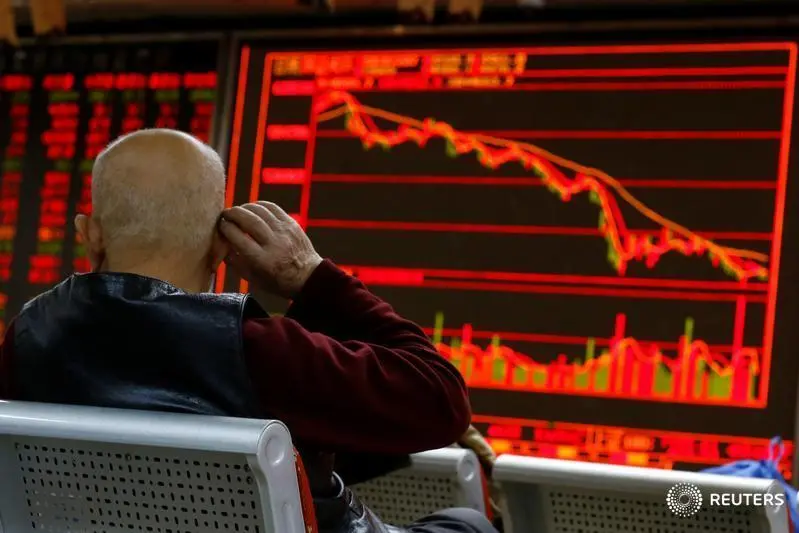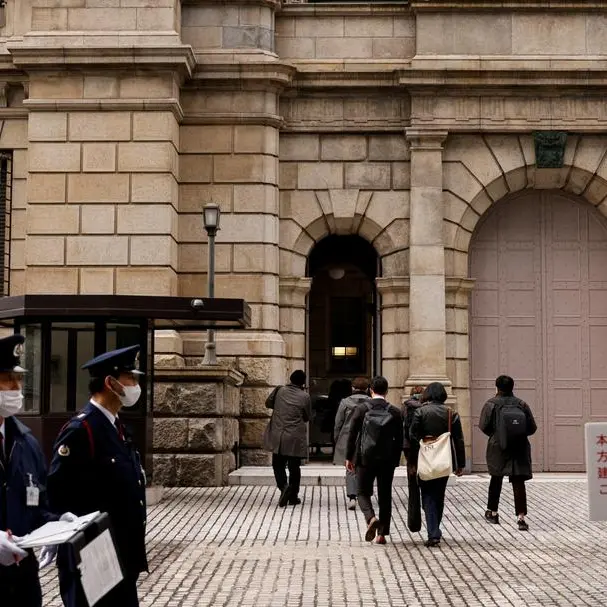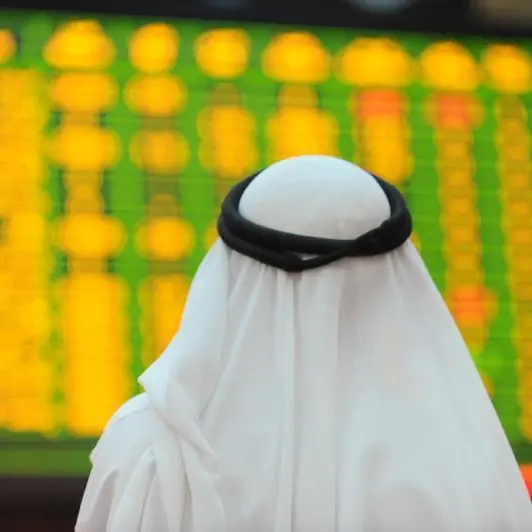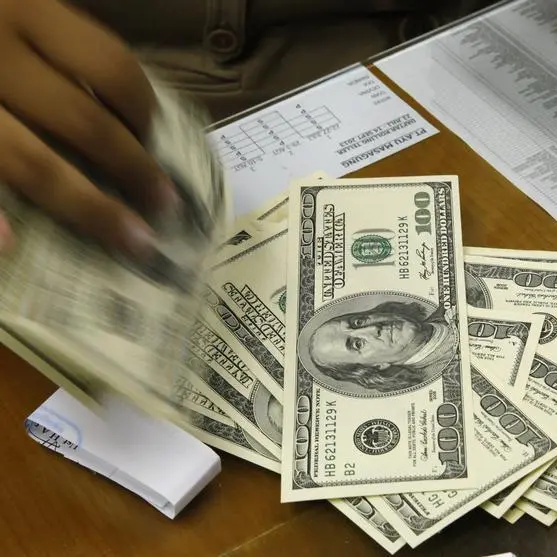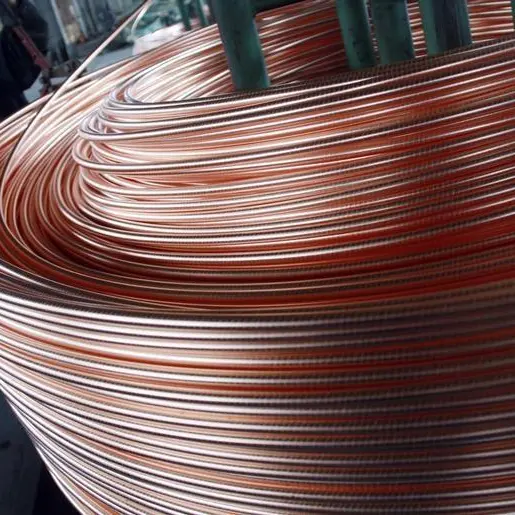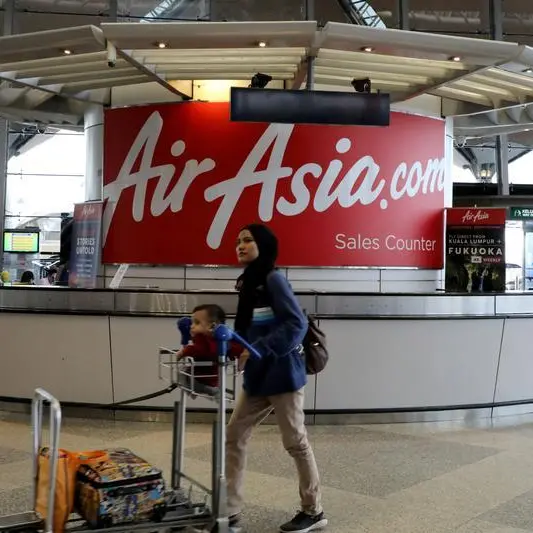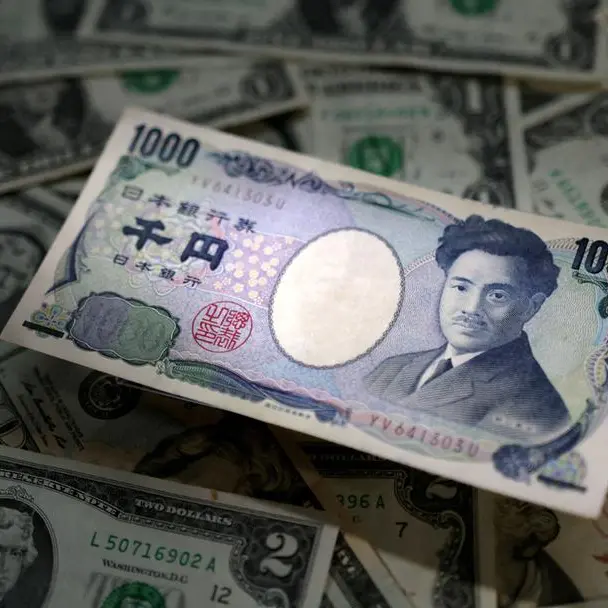PHOTO
WASHINGTON - Investors could use a healthy dose of skepticism on trade. Stocks have rallied after signs Beijing is giving ground on some U.S. demands. Yet America's hawks won’t be wooed by skin-deep changes and tensions extend broadly, including to Chinese hacking.
Markets have been on a roller coaster ride since Presidents Donald Trump and Xi Jinping declared a trade truce two weeks ago. Major U.S. indices rose on the pause in tit-for-tat tariffs. But investors lost faith again after Trump called himself “Tariff Man” and Canadian authorities arrested Huawei Chief Financial Officer Meng Wanzhou at the U.S. behest. Markets were initially up this week on news reports of potential Chinese concessions.
At least some of those are manufactured victories, however. On Wednesday, Reuters reported that Chinese firms bought $180 million in U.S. soybeans, their first major purchase since the summer. That’s when Beijing imposed a 25 percent tariff in response to U.S. levies, and it remains in place - so it's only a partial return even to the status quo earlier this year. China also may reduce charges on imported U.S. autos to 15 percent from 40 percent, but again that would only be a return to the pre-"Tariff Man" norm.
There are difficulties, too, with opening up Chinese markets, even if officials really are revising their Made in 2025 industrial policy to permit more foreign involvement. First any such moves would need to be concrete, not just promises. But also, U.S. Trade Representative Robert Lighthizer doesn’t care for plans that spur foreign investment in China, because it may be at the expense of American jobs.
American officials, meanwhile, are also sounding the alarm on cybersecurity. The People's Republic is involved in nearly all state-sponsored economic espionage cases over the last seven years, according to the Justice Department. More indictments of alleged Chinese hackers and possibly even sanctions are in the works.
U.S. and Chinese officials are working to keep DOJ cases, like the Meng arrest which relates to alleged sanctions-busting, separate from trade talks. But it becomes more difficult as the cases pile up. U.S. hawks like Lighthizer are also focused on ending Chinese subsidies and intellectual-property theft, which continue. The trade truce could easily be tripped up.
On Twitter https://twitter.com/GinaChon
CONTEXT NEWS
- Officials in China are working on a plan to increase foreign access to its markets in areas such as electric vehicles, robotics and artificial intelligence, the Wall Street Journal reported on Dec. 12. The changes would modify the Made in 2025 industrial policy, which calls for Chinese dominance in those fields.
- Separately, Chinese buyers purchased at least 500,000 tonnes of U.S. soybeans on Dec. 12, Reuters reported. It marks the first major U.S. agricultural sale to China since Presidents Donald Trump and Xi Jinping agreed on Dec. 1 to halt additional tariffs. China’s 25 percent tariff on U.S. soybeans, which Beijing imposed in response to U.S. levies, remains in place.
- In the U.S. Congress on Dec. 12, officials from the Justice Department, Homeland Security and the FBI said China was one of the biggest threats to the U.S. economy. More than 90 percent of the DOJ’s economic espionage cases by a state from 2011 to 2018 involve China, Assistant Attorney General John Demers said. Such activity costs the U.S. economy about $225 billion a year.
- For previous columns by the author, Reuters customers can click on CHON/
- SIGN UP FOR BREAKINGVIEWS EMAIL ALERTS http://bit.ly/BVsubscribe
(Editing by Richard Beales and Amanda Gomez) ((gina.chon@thomsonreuters.com; Reuters Messaging: gina.chon.thomsonreuters.com@reuters.net))
